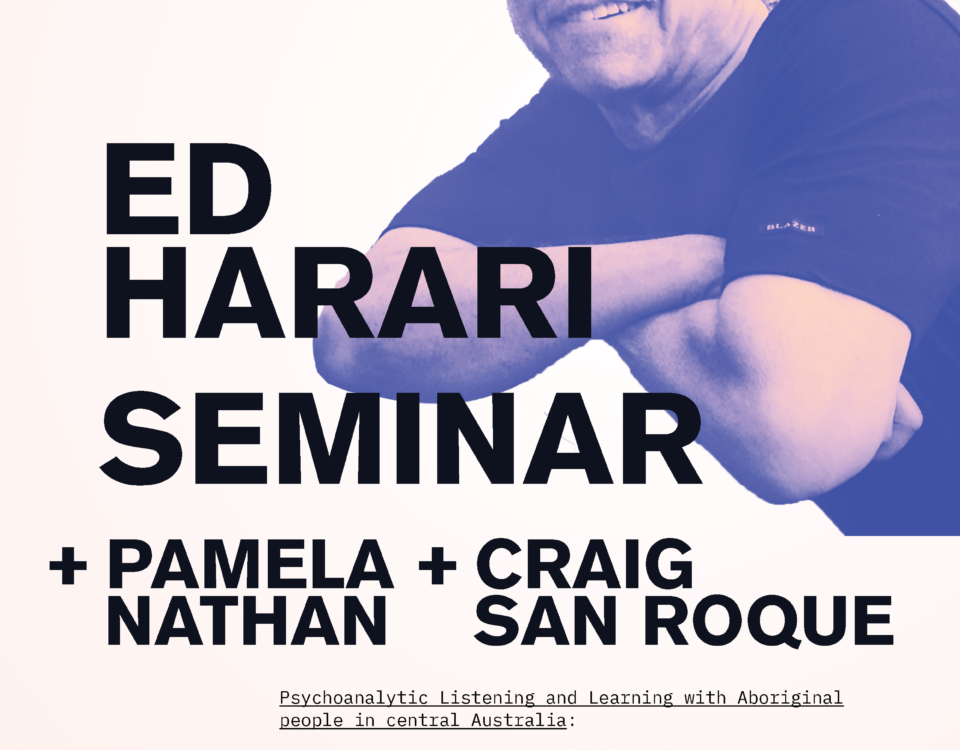What every father should teach his son
January 22, 2014CASSE PEACEFUL SCHOOLS PROGRAM ART COMPETITION WINNER ANNOUNCED!
January 28, 2014by Pamela Nathan
CASSE’s Aboriginal Australian Relations Program honours the violent death by hanging of Tunnerminnerwait and Maulboyheenner on 20th January, 1842.
Tunnerminnerwait and Maulboyheenner were the first men publicly hanged in Melbourne, Victoria. The first two men to be hanged were Aboriginal.
Tunnerminnerwait and Maulboyheenner were among five Tasmanian Aborigines who conducted a campaign of resistance to European settlement in 1841. The other three were Pyterruner, Truganini and Planobeena. They had been brought to Melbourne by the officially appointed Protector of Aborigines, George Augustus Robinson.
Tunnerminnerwait and Maulboyheenner conducted a campaign of resistance to European settlement in 1841 around Western Port and South Gippsland near Melbourne. They raided station after station from Dandenong to Cape Paterson. They stole firearms and burnt down stations, trying to avoid unnecessary deaths and gunfights. They killed two whalers, Cook and Yankee, wounded five settlers, burnt down numerous farmhouses and evaded capture for eight weeks. Three military expeditions were launched against them. Although they set out to drive the settlers from the bush, they didn’t harm women or children and only fired at those who fired at them.
They arrived in chains under military escort in Melbourne on 21st November 1841. All five were charged with murder and appeared in court before Judge Willis on the 20th December 1841. The jury delivered a verdict after half an hour, finding the men guilty of murder, and the women not guilty. The jury made a very strong plea for clemency for the men ‘on account of general good character and the peculiar circumstances under which they are placed’. The next day Judge Willis sentenced the two men to death. The three women were discharged into Robinson’s care.
On the 20th January 1842 Tunnerminnerwait and Maulboyheenner were led to the scaffold, where the current RMIT building is located. Here they were hanged, watched by a crowd of about 5,000. The first public judicial execution in Melbourne.
Tunnerminnerwait faced the execution calmly. Maulboyheener was terror struck and had to be dragged up to the gallows. The gallows were poorly built, the execution had no previous experience, the trap doors opened, both men only partially fell, “the two twisted and writhed convulsively in a manner that horrified even the most hardened”. A spectator kicked the piece of timber holding the trapdoor partially opened, Maulboyheener slowly choked to death.
Tunnerminnerwait and Maulboyheener were buried outside the Melbourne cemetery (under the current Victoria Market). Aboriginal armed resistance continued in Victoria till the 1850s.
It’s ironic that the first two executions were of indigenous resistance fighters in the face of a colonial invasion. We may well ask who indeed were the violent perpetrators? Considering the outrages that had been perpetrated on them and their families in Tasmania, it’s extraordinary that they didn’t kill many more settlers when they had the opportunity to even up the score. Melburnians need to know this history and know the past that lies buried in iconic landmarks like the Vic market and the cemetery; a past that has largely remained buried by non-Aboriginal people in a collective unconscious of denial and a failure of knowing or remembrance.
SOURCE OF MATERIAL FOR ARTICLE: Jack of Cape Grim by Jan Roberts, Greenhouse Publications 1986, ISBN 086436007X
Joseph Toscano (2006) Culture wars Counterattack: Remembering Aboriginal Resistance to the Invasion Friday January 27 Melbourne Indymedia.





